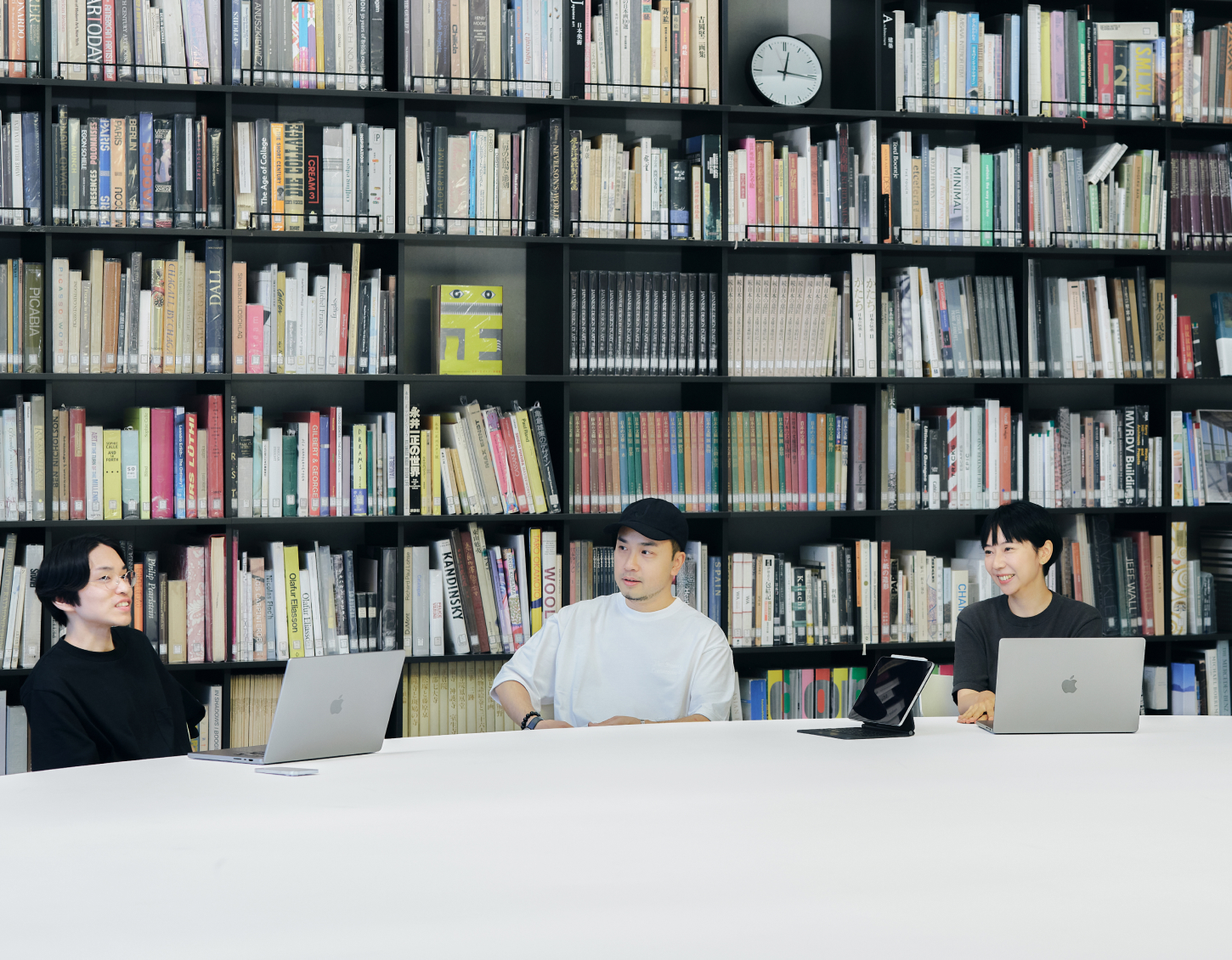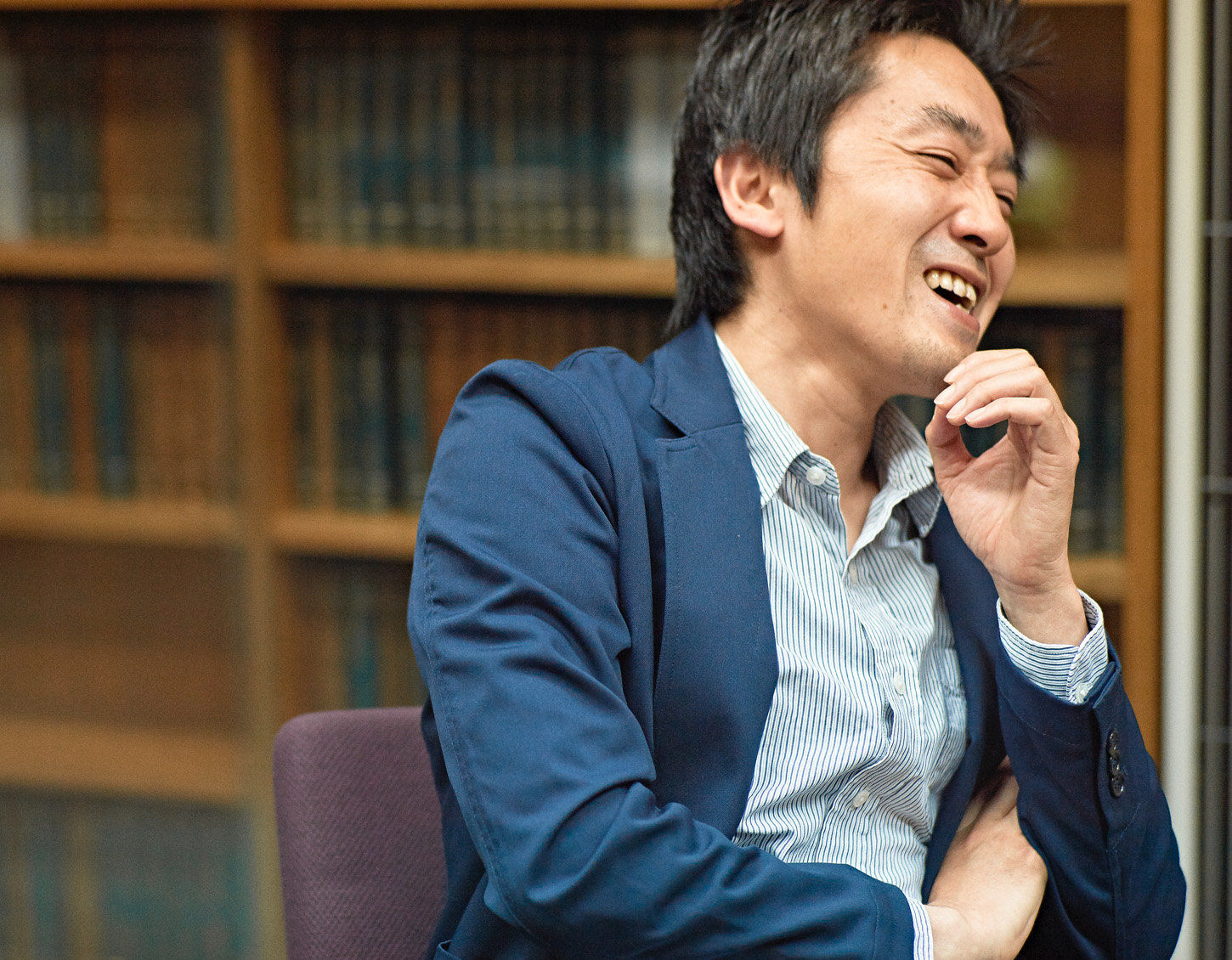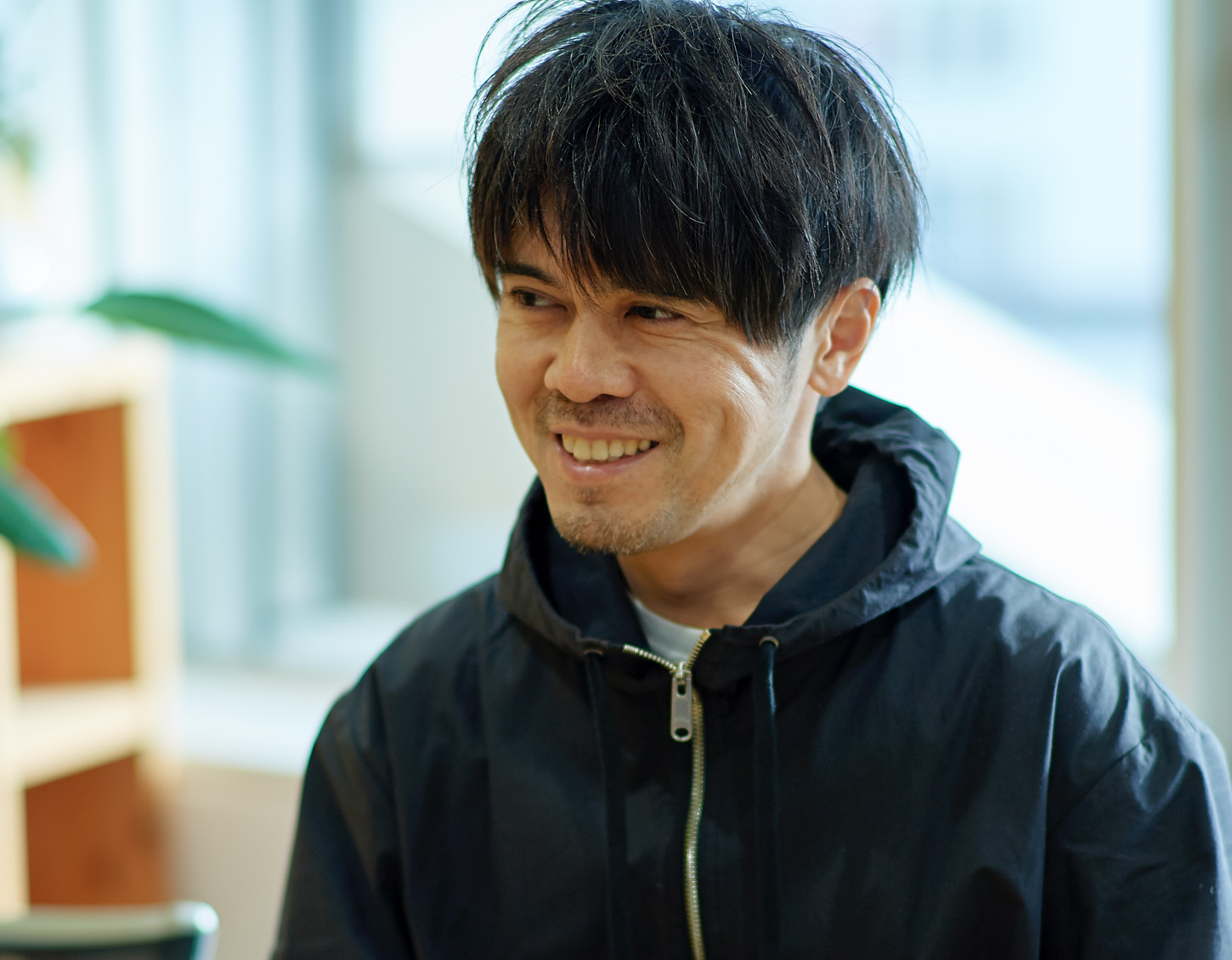Denmark and Tokyo, The Cement Linking the Two.
Vol.3 “Design and Creative aspects”
Event Date : 2017.04.20
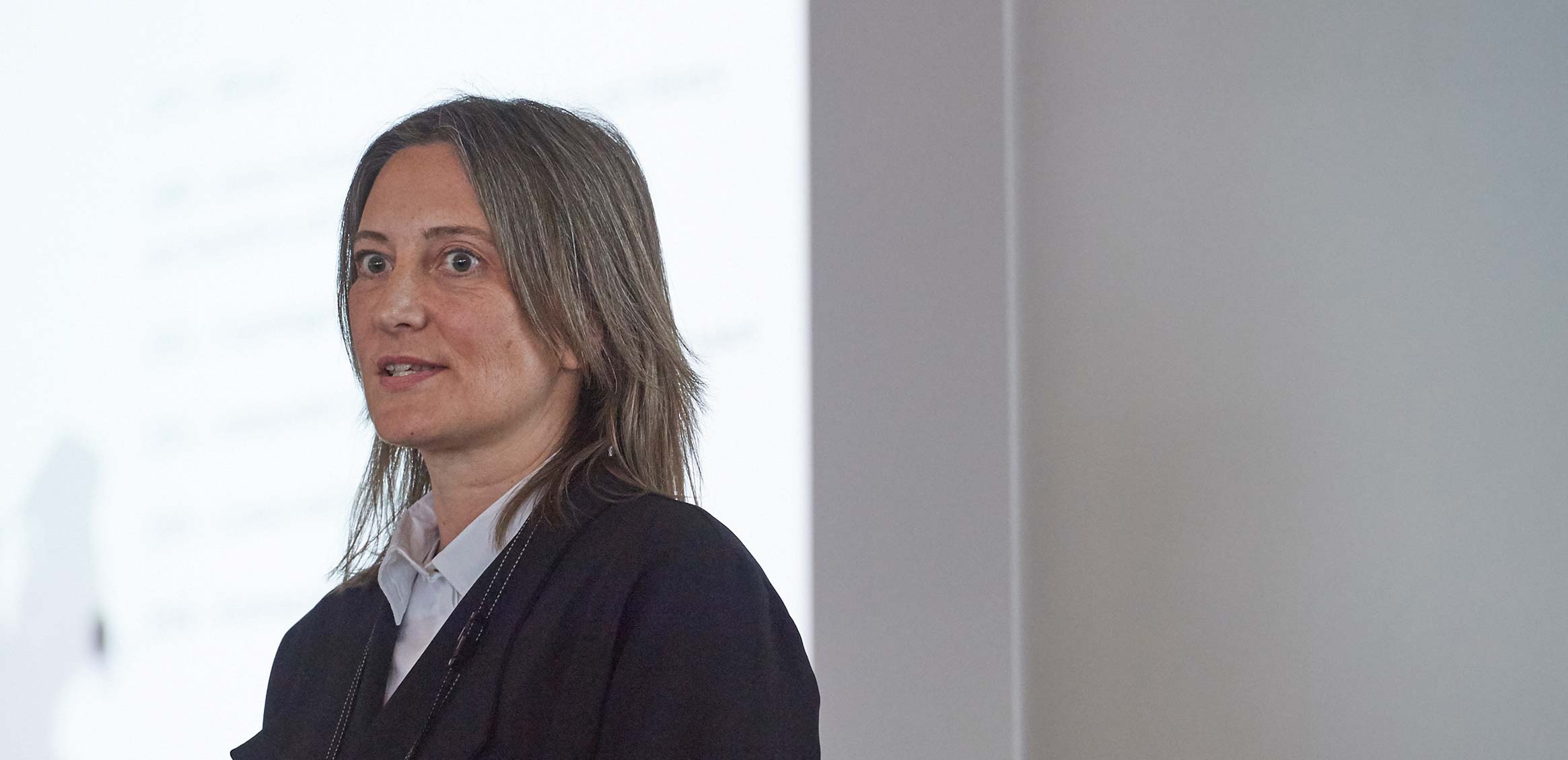
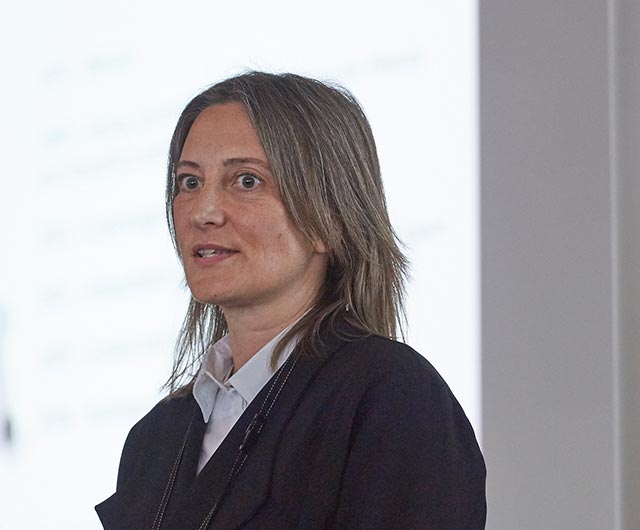
Denmark is considered one of the happiest countries in the world, based on its high ranking in the World Happiness Report survey. Helene Øllgaard came to work at the Nippon Design Center (NDC) from the local design company Kontrapunkt as part of the ‘employee exchange program’. Listen to her experiences in this four-part series. The third part of the series looks at what spurred Helene to take her present job, what then ensued and the impact on her art and design. What is Helene’s view of what positive creative work entails, given the Danish reputation for excellent products and interiors?
What is World Happiness Ranking?
In the ‘World Happiness Ranking’ announced by the United Nations, Denmark was No. 2 in 2017 (having held top spot until FY 2016). In FY 2017, Norway ranked 1st, while Japan ranked 51st. This ranking indicates the degree of happiness and unhappiness with life using seven indicators subject to correlation analysis, namely: real per-capita gross domestic product (GDP), social support, healthy life, reliability, freedom of life selection, tolerance, perception of corruption. ‘WORLD HAPPINESS REPORT 2017’.
What is the NDC Employee Exchange Program?
NDC operates a training program based on an exchange period of study abroad between NDC and overseas design companies, which centers on front-line work and intended to widen participants’ perspectives and boost their skills. From March to June 2017, as well as a project manager from Kontrapunkt design company in Denmark, Helene Øllgaard, designer Sandro Kvernmo also came to Japan to work for NDC. In return, one designer and one producer from NDC went in the opposite direction, to Kontrapunkt in Denmark, in March and June the same year respectively.
Aspects that have impacted on Denmark to date.
Aspects that have impacted
on Denmark to date.
on Denmark to date.
──────
I heard you were studying art history, so what was the trigger to join Kontrapunkt as a project manager in 2008?
Helene
I majored in art history as a student and my research topic was on ’Invisible Art’. From then on in, what fascinated me was art outside the museum. After graduating, I spent 5 years working at the artistduo Bosch & Fjord, where I took on a bit of everything, from curator to project manager. Subsequently, spurred on by the fact a coulpe of my friends had been working there, I decided to join Kontrapunkt. I kicked things off by working as a project manager overseeing space and architecture and I am currently responsible for visual identity, strategic and spatial related projects.
Given my background, as someone who enjoys art and design per se, rather than targeting a project manager position, I wanted at least to handle projects in which I had an interest. To date, much of the work in which I have been involved has been along the same lines.
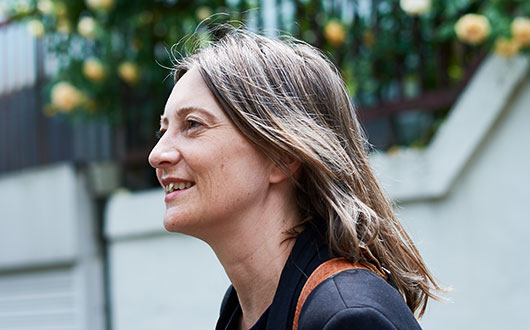
Helene Øllgaard
Project Manager
Born in 1972 in Billund, Denmark; famous as the home of Lego and graduated from Aarhus University’s Master of Arts programme in 2001 in Art History and Culture. In 2001, she moved to Copenhagen to become an independent curator, followed in 2003 by work as a curator and project manager for the artistduo Bosch & Fjord. Joined Kontrapunkt in 2008 and is currently Senior Project Manager and Business Area Manager of the space design division. She visited Japan as part of an exchange program; accompanied by her husband and three children aged 4, 11 and 14.
Her main tasks at Kontrapunkt have included ARKEN Museum of Modern Art, the Ny Carlsberg Glyptotek museum, design work for University of Southern Denmark and the Nordic Culture Fund.
──────
How did you pick up your work skills?
Helene
Because I was learning art and history, I had to start from scratch and having no idea of even what ‘BtoB’ or ‘BtoC’ meant. I started off with small-scale projects and was gradually tasked with overseeing more significant work and during my involvement in creative processes, I honed my skills by ensuring each was successful and deepening my knowledge in the process. Every time I tackle something new, it was a case of facing up to the challenge of the work, while wondering how best to progress, but I think such experiences at the workplace, which stuck in my head, really helped me grow.
──────
Do your personal interests, such as art and aesthetics, etc., have an impact on your work?
Helene
Yes, I think so, but not in the sense of a direct effect on the work – more bolstering an inspiration I find from within myself to qualify the design from a visual communication angle.
Design differs from art in the sense that clients come face to face with problems, which they then have to solve. However, if a product design appeals to you, you tend to buy it – and design incorporates certain elements that move people. Conversely, when they view fine art, people’s mind-set and the way they behave change and in that sense, the two have something in common.
──────
Please give details of which artists have inspired you.
Helene
There is Marcel Duchamp, who stamped his imprint on 20th century art and the movement known as‘neo avant-garde and typified by the Fluxus activities of the 1960s, with Yoko Ono one of my favorite artists from the latter period.
The list can also include so-called ‘relational aesthetics’ from around 1990 to 2010 and the art theories written by French curator Nicolas Bourriaud also left their mark. Rather than just an art piece alone, work is spawned by relationships with people, one example of which is the ‘Injection room’; a public facility created by Danish artist Kenneth Balfelt in Copenhagen to help rehabilitate drug addicts. In other words, this resembles art that is, in essence, related to people.
The ‘Injection room’ is a project involving the City of Copenhagen. Drug addicts tend to inhabit unsanitary environments, often with needles scattered around. Preparing a safe and clean environment with a nurse present also paves the way to give them a shot at social reintegration and mostly put the facilities of drug addicts on the political agenda.
That means it is art in which society gets involved and is also linked to activities by Duchamp and Fluxus. One more example, namely art outside the museum, would be Poul Gernes, a Danish artist, who was engaged in making art as wall paintings in Herlev Hospital.
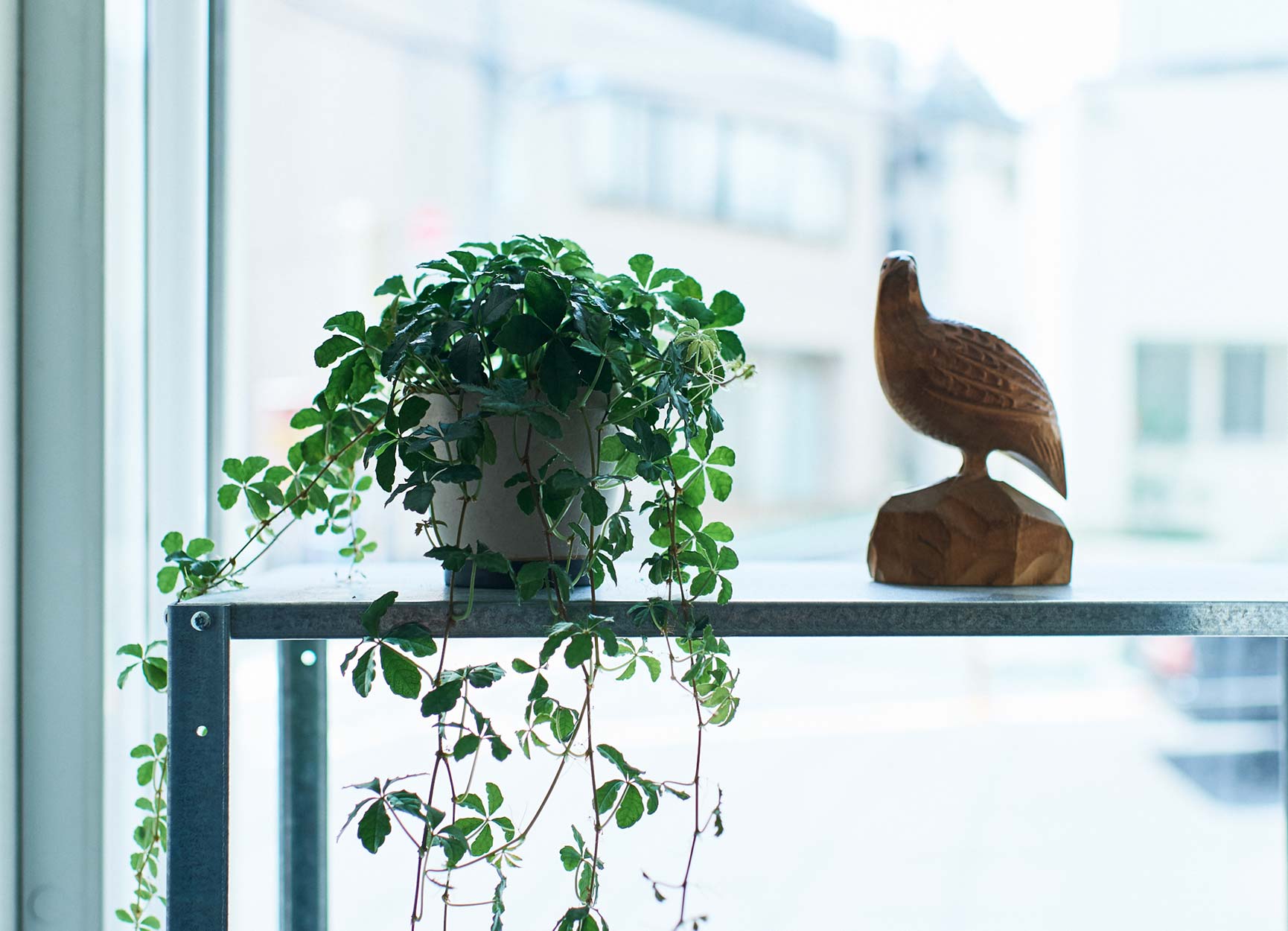
What constitutes good design or creativity?
What constitutes good design
or creativity?
or creativity?
──────
Are there any designs or products currently drawing attention in Denmark?
Helene
Countless is the answer. One example of a product I consider very Danish is the wooden potato peeler from Rådvad, which I use daily and which has become so ubiquitous and popular, you find you are no longer aware of who originally designed it.
As for others, I like the works by the architect and interior designer Arne Jacobsen, while the ‘PH’ series lighting by Poul Henningsen and the legacy after him is also an indispensable part of life in Denmark. My very own living room in Denmark has five mood lights by modern and contemporary scandinavian light designers and I like the way you can use light in various settings, like when reading a book, eating and having a cup of tea.
──────
In Denmark, how are values nurtured to maintain a certain level of design?
Helene
There is little income disparity in Denmark, people live on a level playing field and do not prioritize getting money or power. Given that winter is very dark, Danish people alike have feelings of appreciation for summer weather and sun in general. There is an understanding that items in themselves do not instill happiness, but the environment and atmosphere surrounding them and no matter what circumstances people are in, they associate happiness with a link to nature and human relations and I think that is also reflected in design.
I think this embodies the spirit of “Less is more” (the smaller the item, the more value it may have). In other words, cherishing “quality” over “quantity”. While maximizing simplicity, Scandinavian culture and long-held traditions that have championed functionality are at the heart of the thriving design scene in Denmark.
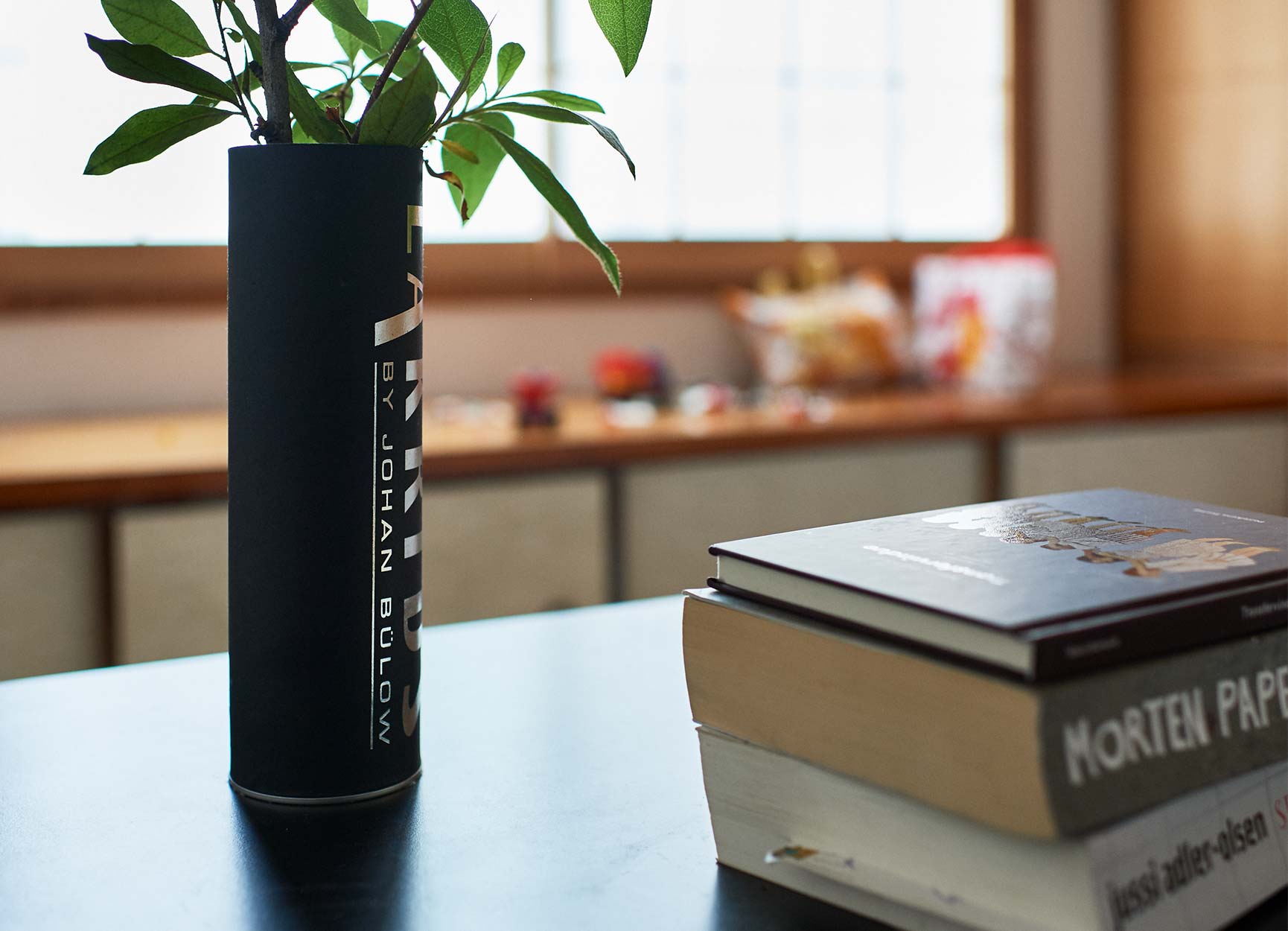
──────
What is at the core of good design or creativity?
Helene
For me, “a big idea expressed in a very simple way” is what constitutes good art and design.
For example, the American artist Joseph Kosuth’s 1965 artpiece ‘1 and 3 chairs’ featured a real chair, a photo of a chair next to it, and with a dictionary definition of a chair on the wall. Whereby symbolizing the same chair in multiple ways helps us conceptualize the key idea that actually all of them can be considered chairs if we simplify things and successfully conveys new values.
Similarly, the artwork ‘Socle du Monde’ from 1961 by Italian artist Piero Manzoni, utterly simple at first glance, featuring a stone with the text ‘Socle du Monde’ written up side down and placed on the ground, but centering on the key idea of making the earth an artpiece and make you think about your position on earth. In video work by Danish artistduo Hanne Nielsen & Birgit Johnsen, two women are crying side by side while cutting onions. In other words, watch the women crying because of onions hurting their eyes helps us reflect on other reasons for crying. The cutting paper artworks by Danish artist Peter Callesen, though very simple, also make you reflect on what is real and what is artificial in a very beautiful and poetic manner.
The essence of good design and creativity, as exemplified by these art works, centers on items which, though simple, give us new perspectives on our life.

